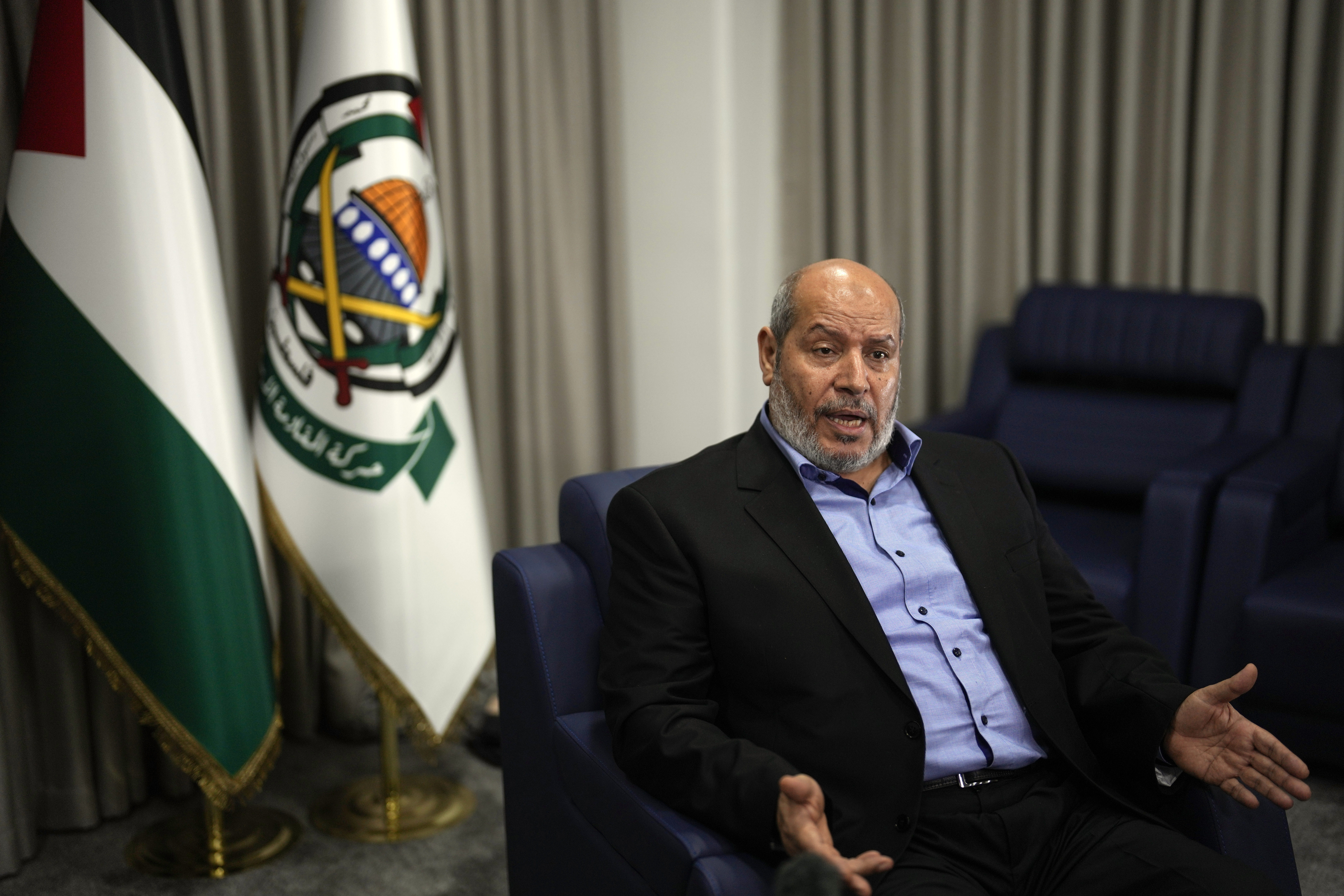Hundreds of migrants wanting to seek asylum in the U.S. have shown up at the U.S.-Mexico border in southern San Diego County in recent days. At one point, there were an estimated 600 people at a makeshift camp between the primary and secondary border fences.
“They’re coming from all over the world,” Maria Chavez, an immigration law expert told NBC 7. She has been practicing for 10 years and is now a partner at Jacobs & Schlesinger LLP in San Diego.
Chavez explained that it is difficult to pinpoint why so many people from so many different places decided to come to the U.S. now, but she said there could be a few contributing factors.
“I think social media plays an aspect of it,” Chavez said. “I think another thing that we're seeing right now is that a lot of countries are just going through a lot of turmoil, whether it's war, genocide or economic collapse.”
Get Southern California news, weather forecasts and entertainment stories to your inbox. Sign up for NBC LA newsletters.
Chavez has spoken with people seeking asylum from Colombia, India, China and Turkey to name a few places. She said many of them believe now is the time to get out of their home countries and into the U.S.
But, as she mentioned, social media is not helping to slow things down.
“For some reason, social media has this myth that people just come in, they will just get released and they can just live their lives,” Chavez said. “And it’s not like that at all.”
U.S. & World
News from around the country and around the globe
According to Chavez, once people arrive at the primary border fence in Mexico, they are met with conditions that are not advertised.
“They’re put through this grueling process. You know, from the moment they step foot into the U.S., they’re held within the walls,” Chavez said.
Through her work, she has become very familiar with the process that asylum-seekers who turn themselves in have to go through. She told NBC 7 that after people are contacted by U.S. Border Patrol agents, they are then taken to a nearby processing facility.
“Their fingerprints are taken just to make sure that there are no, you know, Interpol flags or anything like that on them. No previous criminal or immigration history in the U.S.,” Chavez said, and explained they are also offered basic sustenance, like food and water, and receive any medical attention they might need. “Oftentimes they haven’t eaten in a day or two. They’re exhausted and they haven’t had the chance to bathe properly.”
From there, if migrant shelters are full, they are dropped off at transit centers around the community. NBC 7 has spoken with some of those seeking asylum at the Iris Avenue Transit Center in the Otay Mesa West neighborhood. Many of them were trying to get to relatives who are out of state.
“They don’t speak English, they don’t speak Spanish,” Chavez said. “Some people don’t even know where they are, like what city they’re in.”
But, this is not the end of their immigration journey within the U.S., it is actually only the beginning.
“Once they get released, the continuation, the continuation of having to go to court and the fact they might eventually be deported,” Chavez added. “The odds are actually that they will be deported, ultimately.”
All of the people who are processed are given a date to either visit an Immigration Court or go to a nearby U.S. Immigration and Customs Enforcement (ICE) office, depending on where their final destination is within the states, according to Chavez.
“Here in San Diego, we’re getting cases done within about a year and a half, but then you have bigger cities like San Francisco, L.A., New York, Chicago. I think their court dates are about 2025,” Chavez said.
However, the proper channel for beginning the asylum process is to submit an application through the U.S. Customs and Border Protection's CBP One app. When asked about this, Chavez said it is not without its issues and could be another part of the reason why we’re seeing an influx at the border.
“The CBP One app has tons of problems. Number one, people don’t know about it. It’s just not advertised a lot of the message isn’t getting across. Number two, it’s not in people’s native languages, Chavez said. “It’s only compatible with certain types of phones. Technical glitches, you know. How many times do we complain about apps not working? It’s the same thing with this one.”
She’s heard from asylum-seekers who tried to make an appointment through the app, but sometimes it takes months to be seen, and it is time some people do not have.
“They’re just desperate to get to the U.S. where they have relatives who can help them,” Chavez said. “And desperation calls for desperate measures.”



